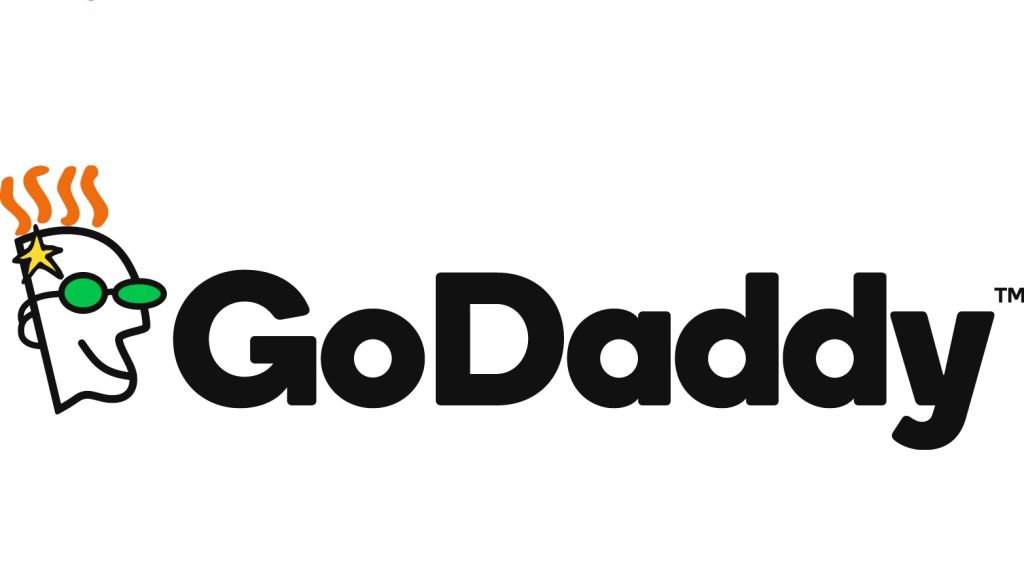市场热潮持续升温
2025年8月27日,域名交易市场再次迎来令人瞩目的表现。GoDaddy平台连续第二天刷新销售记录,这次的明星域名是IMLCC.org,以30,101美元的高价成交,再次证明了优质域名在数字经济时代的巨大价值。
这一成交价格不仅体现了买家对该域名的高度认可,更反映出当前域名市场的活跃程度和投资热情。在数字化转型加速的背景下,企业对于具有战略意义的域名需求日益旺盛。

交易数据深度解析
根据NameBio的统计数据,8月27日共记录了533笔100美元及以上的域名交易,总交易额达到432,228美元,平均交易价格为811美元。这一数据展现了几个重要趋势:
高端市场趋于理性
与前一日相比,交易数量下降了11%,但总价值仍增长了3%。这种变化模式表明,市场正在从数量型增长向质量型增长转变。投资者和企业更加注重域名的实际价值和长期潜力,而非盲目追求交易频次。
我的观察:这种市场结构的调整是健康的信号。当交易数量减少但总价值上升时,说明市场参与者更加理性,更愿意为真正有价值的域名支付合理价格。
平均价格稳步上升
811美元的平均交易价格相对较高,反映出域名市场整体价值的提升。这一趋势与数字经济的快速发展密切相关,企业对优质数字资产的需求推动了价格上涨。
长尾市场同样活跃
除了高价值交易外,平台还记录了2,398笔100美元以下的交易,总额35,038美元。这些小额交易虽然单价不高,但数量庞大,构成了域名市场的重要基础。
我的分析:长尾市场的活跃度反映了域名需求的多样化。不同规模的企业和个人都在寻找适合自己的数字身份标识,这为域名行业提供了稳定的增长基础。
IMLCC.org案例分析
.org域名的独特价值
IMLCC.org能够以超过3万美元的价格成交,充分体现了.org域名在特定领域的价值优势。.org作为传统的组织机构域名后缀,在权威性和可信度方面具有天然优势。
这个域名的成功交易可能与以下因素相关:
品牌潜力:IMLCC作为缩写组合,具有较强的品牌记忆性和专业感。
行业适配性:.org后缀特别适合教育、医疗、法律等专业服务机构。
稀缺性价值:优质的四字母缩写域名日益稀缺,投资价值不断提升。
高价交易的市场意义
我的判断:IMLCC.org的高价成交不是偶然现象,而是反映了当前市场对优质域名资源的强烈需求。在数字化程度不断提高的今天,一个好的域名就是企业在网络空间的”黄金地段”。
市场趋势深度洞察
投资理念的成熟化
当前域名投资者的策略正在发生重要转变。从早期的投机性抢注,到现在更加注重域名的实际应用价值和长期增值潜力,市场参与者的投资理念日趋成熟。
我的观点:这种转变是积极的。理性的投资行为有助于域名市场的健康发展,避免泡沫化风险,同时为真正需要优质域名的企业提供更多机会。
数字品牌建设重要性凸显
在数字经济时代,域名不仅是网站地址,更是企业数字品牌的重要载体。一个恰当的域名能够:
- 增强品牌识别度和记忆性
- 提升搜索引擎优化效果
- 建立用户信任和专业形象
- 为未来业务扩展预留空间
细分市场的专业化发展
不同后缀的域名正在形成各自的专业化定位。.com依然是商业首选,.org适合组织机构,.ai成为科技创新的标志,.io受到开发者青睐。这种细分化趋势为不同类型的用户提供了更精准的选择。
未来发展前景与建议
技术驱动的市场演进
随着AI技术的进步,域名交易市场将变得更加智能化:
智能估值系统:AI算法将提供更准确的域名价值评估,减少信息不对称。
个性化推荐:基于用户需求和市场数据,智能推荐最适合的域名选择。
风险预警机制:AI系统能够识别潜在的投资风险,为用户提供决策支持。
投资策略建议
我的建议:
- 注重实用价值:选择具有明确应用场景和商业价值的域名,避免纯粹投机。
- 关注新兴领域:密切关注AI、区块链、元宇宙等新兴技术领域的域名需求。
- 平衡风险收益:合理配置投资组合,既要追求高收益,也要控制风险。
- 长期持有策略:优质域名的价值需要时间验证,避免短期频繁交易。
行业发展的理性思考
市场泡沫风险警示
虽然域名市场表现活跃,但我们也要警惕过度炒作的风险。历史上,互联网泡沫破裂曾对域名市场造成重大冲击。
我的担忧:当前的高价交易可能存在一定的泡沫成分。投资者应该基于实际需求和长期价值进行决策,而非盲目追涨。
技术发展的双刃剑效应
AI技术在为域名行业带来机遇的同时,也可能带来挑战。例如,AI助手的普及可能降低用户对记忆域名的依赖,传统域名的价值可能受到冲击。
